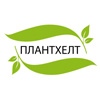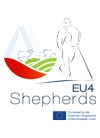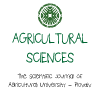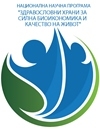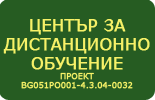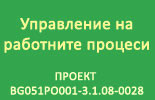Postharvest Physiology
The discipline “Postharvest physiology” teaches the main principles governing the vital activity of crops in the period harvest-realization on the market. The aim of the course is to reveal the essence and dynamics of the physiological processes in the various parts and organs of the plans, which constitute the marketable product, in relation to preserving the nutritional value.
Overall, plant products can be classified in two major groups: 1. Products with low water content (<15%), which include seeds and dry fruits. The postharvest period is characterized with different kinds of dormancy. 2. Fresh plant products with high water content (up to 98%). These are characterized with intensive physiological and biochemical processes (respiration, photosynthesis, water exchange, etc.), which depend on the specific features of the organ and the environmental conditions.
By studying postharvest physiology, the students will learn the risk factors and the ways to control the quality of plant production.
 - Events on the occasion of the 75th anniversary of AU
- Events on the occasion of the 75th anniversary of AU